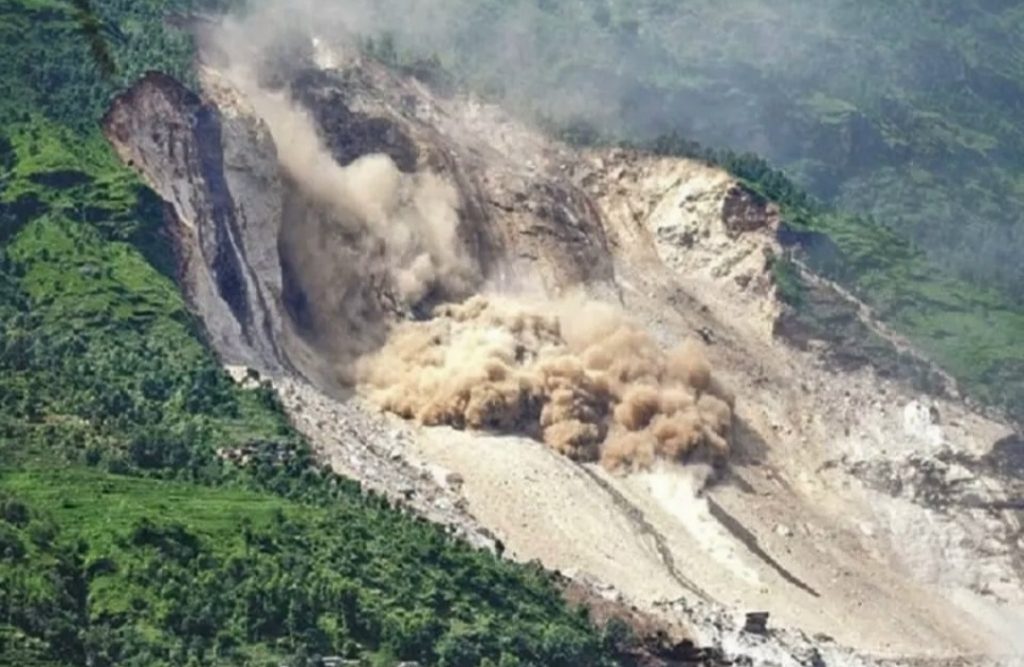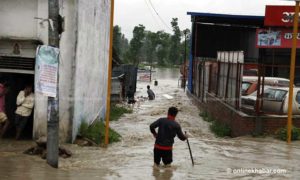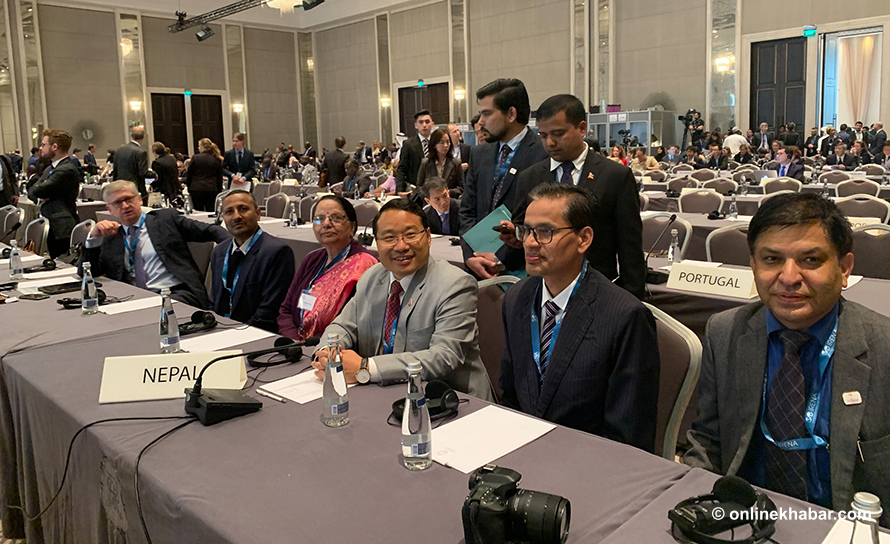The ‘leftist alliance’ continues to be the hot topic for opinion makers and editors in the Kathmandu press today as well. All major Nepali broadsheets have at least one op-ed related to the topic and other contemporary political, economic and social issues have largely been omitted. Some of the English language broadsheets, however, have covered other issues as well.
Ripple effects of leftist alliance
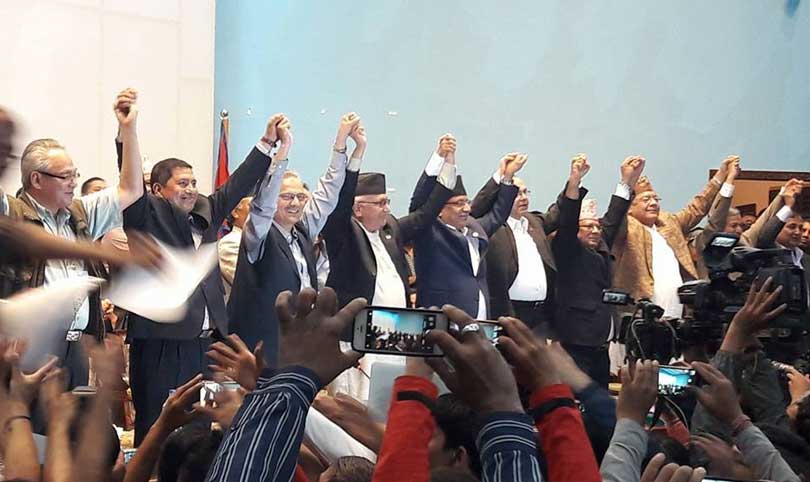
All four op-eds on Kantipur zero in on the leftist alliance and its immediate as well as long-term implications for national politics. Likewise, three of the four opinion pieces published in Nagarik also deal with the same issue.
CK Lal, in his article for Nagarik, argues that if Prime Minister Sher Bahadur Deuba was really unaware of his coalition partner CPN-Maoist Centre’s preparations to join the leftist alliance, it would be fresh evidence to support claims that he truly is ‘unqualified to lead’. Lal, however, interprets that the alliance and possible unification of the leftists, in turn, will benefit the Nepali Congress as the party will again find a place at the centre of Nepali politics. In the domestic sphere, the party will attract Madhesh-centric and Hindu nationalist forces, which had been distanced from the party due to different reasons. More importantly, at the international level, he hopes international donor organisations will also channel their funding to the democratic parties and NGOs run by them to counter the rising left.
Raghunath Lamichhane, in Nagarik, however, argues that the alliance is an omen of an impending political disaster. He says the Nepali Congress had been surviving in the national politics not because of its good values, but because of divisions of communist parties; hence, the leftist alliance will show the real size of Nepal’s largest democratic party.
Dharmendra Jha in Gorkhapatra doubts major parties’ intention behind the formation of the alliance. He is of the view that the alliance was orchestrated by Maoist Centre Chairman Pushpa Kamal Dahal as he has already proven himself as an apt and prudent player of power games. He says the UML will ultimately lose the game to the Maoists in the alliance and Dahal will use the grouping just to elevate to the power again. Jha’s conclusion is that the decision is not natural and it has some implicit agendas, which might be detrimental to the future of the country.
Likewise, Rebati Prasad Bhusal in Naya Patrika says the alliance amounts to a betrayal to people and poses a threat to democracy and constitution.
Veteran Maoist leader Mohan Baidya, in his article in Annapurna Post, expresses his reservations over the proposed unification. For him, the members of the alliance are ‘rightist opportunists’ and ‘not real communists’. “Even if this alliance wins all seats in Parliament, it will not benefit working class as the alliance will follow the path of privatisation and liberalism.”
Their unity has created a need for unity among patriotic and revolutionary forces, he points out.
Decentralisation for disaster risk management
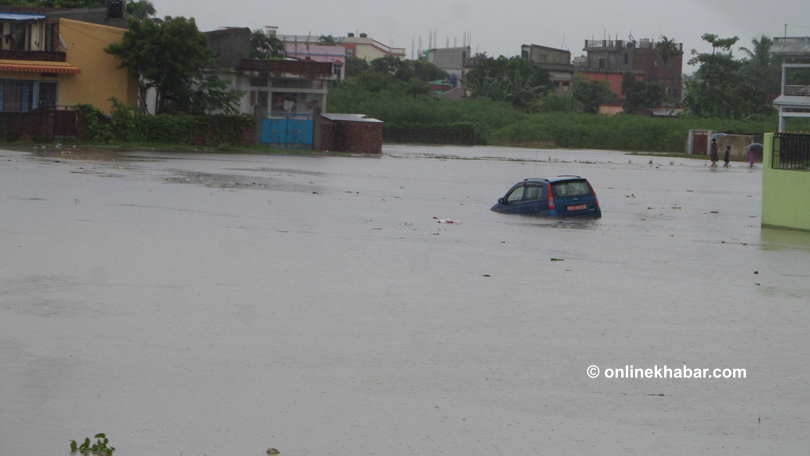
BBC journalist Navin Singh Khadka in his column for The Kathmandu Post has argued that the government needs to decentralise disaster risk management mechanisms in order to effectively handle natural disasters which the country is prone to. As Parliament has recently passed the Disaster Risk Mitigation and Management Bill, he doubts the law might be limited to papers only, if the decentralisation is not introduced. He says the Home Ministry solely cannot handle disaster preparedness and post-disaster management as they involve science, community, finance, development, donor agencies and so on. “And that, in turn, means different ministries including science and environment, irrigation forest, health, finance, local development, among others, will have to be involved.”
Potentials of renewable energy

Sudeep Ghimire and Zulker Naeen in their opinion piece for The Himalayan Times argue that renewable energy has huge potentials in the context of Nepal and hence the government and international donor communities should pay attention to it.
Considering mini and micro hydropower, solar energy, biomass, biogas and wind energy as major sources of renewable energy, they say proper exploration of these sources will significantly help Nepal achieve its goal of universal access to clean, reliable and affordable energy solutions by 2030.




